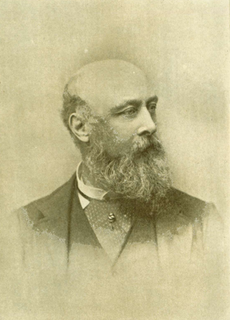
Scale insects are small insects of the order Hemiptera, suborder Sternorrhyncha. Of dramatically variable appearance and extreme sexual dimorphism, they comprise the superfamily Coccoidea. Adult females typically have soft bodies and no limbs, and are concealed underneath domed scales, extruding quantities of wax for protection. Some species are hermaphroditic, with a combined ovotestis instead of separate ovaries and testes. Males, in the species where they occur, have legs and sometimes wings, and resemble small flies. Scale insects are herbivores, piercing plant tissues with their mouthparts and remaining in one place, feeding on sap. The excess fluid they imbibe is secreted as honeydew on which sooty mold tends to grow. The insects often have a mutualistic relationship with ants, which feed on the honeydew and protect them from predators. There are about 8,000 described species.

Pittosporum is a genus of about 200 species of flowering plants in the family Pittosporaceae. The genus is probably Gondwanan in origin; its present range extends from Australasia, Oceania, eastern Asia and some parts of Africa. Citriobatus can be included here, but might be a distinct genus. They are commonly known as pittosporums or, more ambiguously, "cheesewoods".

Icerya purchasi is a scale insect that feeds on more than 65 families of woody plants, most notably on Citrus and Pittosporum. Originally described in 1878 from specimens collected in New Zealand as pests of kangaroo acacia and named by W.M. Maskell "after the Rev. Dr. Purchas who, [he] believe[d], first found it". it is now found worldwide where citrus crops are grown. The cottony cushion scale originates from Australia.

William Miles Maskell was a New Zealand farmer, politician and entomologist.

Albert Koebele was an economic entomologist and a pioneer in the use of biological controls to manage insect pests.

Coccinellidae is a widespread family of small beetles ranging in size from 0.8 to 18 mm. The family is commonly known as ladybugs in North America and ladybirds in Britain and other parts of the English-speaking world. Entomologists prefer the names ladybird beetles or lady beetles as these insects are not classified as true bugs.

Novius cardinalis is a species of ladybird beetle that is sometimes described as endemic to Australia. It was formerly placed in the genus Rodolia, but that genus was synonymized under the genus Novius in 2020.

Monophlebidae is a family of scale insects commonly known as the giant scales or monophlebids. They occur in most parts of the world but more genera are found in the tropics than elsewhere.

Novius koebelei is a species of ladybird beetle native to Australia. It is also present in the wild in New Zealand, where it is of exotic origin. In New Zealand, it was first reported in 2006, having been found in Auckland. It has been known under many names; due to variation in its colouration, it has been described as new six times after its original description in 1892.

Novius is a genus of ladybird beetles belonging to the family Coccinellidae, and the sole member of the tribe Noviini. The genus as presently defined contains over 70 species, most of which were formerly placed in the genera Rodolia and Anovia, but after decades of debate, both of these genera are now considered to be junior synonyms of Novius.
Frazer Smith Crawford was a photographer in the colony of South Australia, founding manager of the Adelaide Photographic Company, then photolithographer for the South Australian government. In a seemingly unrelated sphere, Crawford came to be recognised as an authority on agricultural pests and diseases, particularly known for identifying and exploiting naturally occurring predators of plant pests.

Pseudocolaspis is a genus of leaf beetles in the subfamily Eumolpinae. It contains about 80 species, which are found in tropical Africa.

Eumolpini is a tribe of leaf beetles in the subfamily Eumolpinae. It is the largest tribe in the subfamily, with approximately 170 genera found worldwide. Members of the tribe almost always have a longitudinal median groove on the pygidium, which possibly helps to keep the elytra locked at rest. They also generally have a subglabrous body, as well as appendiculate pretarsal claws.

Cryptochetum is a genus of scale parasite flies in the family Cryptochetidae. There are more than 30 described species in Cryptochetum.
Novius virginalis is a species of lady beetle in the family Coccinellidae, formerly placed in the genus Anovia.











